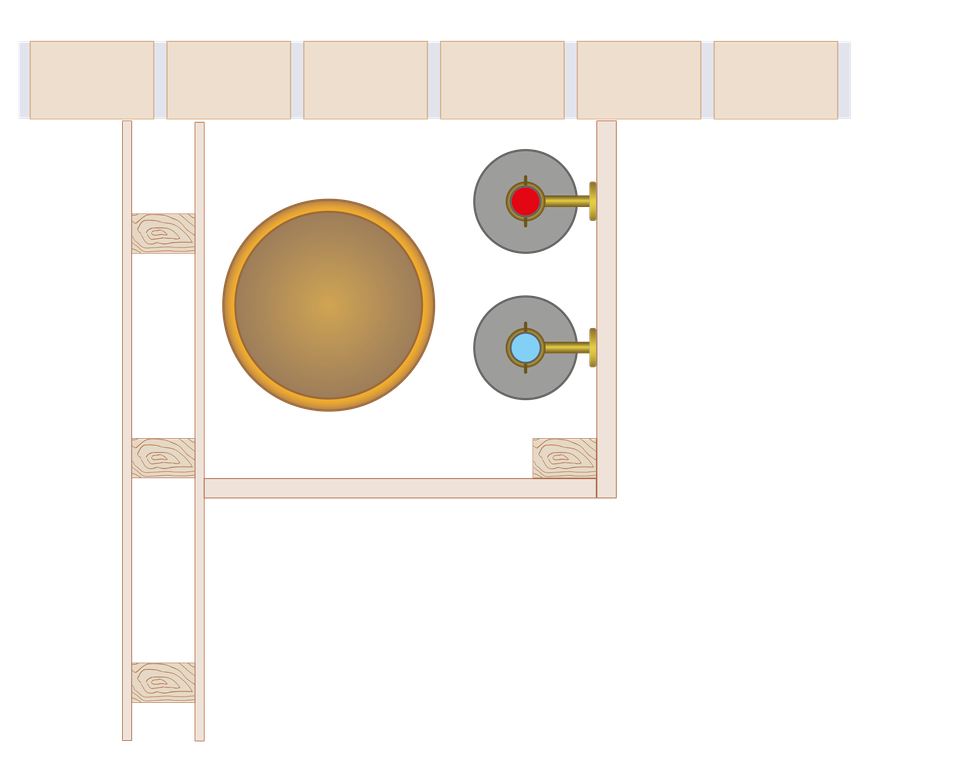Installation: FAQs
How should concealed water fittings be installed in walls?
All domestic hot and cold water system pipework concealed within walls should:
Be installed with a minimum number of joints. This is because joints are prone to a loss of integrity over time and therefore should only be considered where unavoidable.
Be installed in a chase/duct or void. Wrapping pipework in insulation is not an acceptable method of ducting or passing through a chimney is not an acceptable method of ducting.
With the agreement of the local water undertaker pipework may be installed alongside other services in a shared duct. An example of what may be considered as acceptable is shown below.
Be appropriately clipped to avoid water hammer and other stresses which would affect the integrity of the installation.
Be insulated with a suitable gap maintained between the cold water, hot water and any other heat source to prevent heat transfer or loss.
Not be embedded or come into contact with other materials such as plaster or cement.
Be accessible to enable inspection and replacement. Further information about accessibility can be found in BS 8558.
Below are images illustrating domestic hot and cold water systems concealed in a wall and a soil pipe duct.


Feedback
To improve this information please give us your feedback >
Disclaimer
Uncontrolled if downloaded. This is informative, non-statutory guidance and intended for general guidance purposes only; it is subject to change.
Compliance with this information should not be relied upon as guaranteeing no enforcement action will be taken by water undertakers. Water Regs UK accepts no liability for loss, indirect or consequential loss arising from or in connection with this guidance document.
